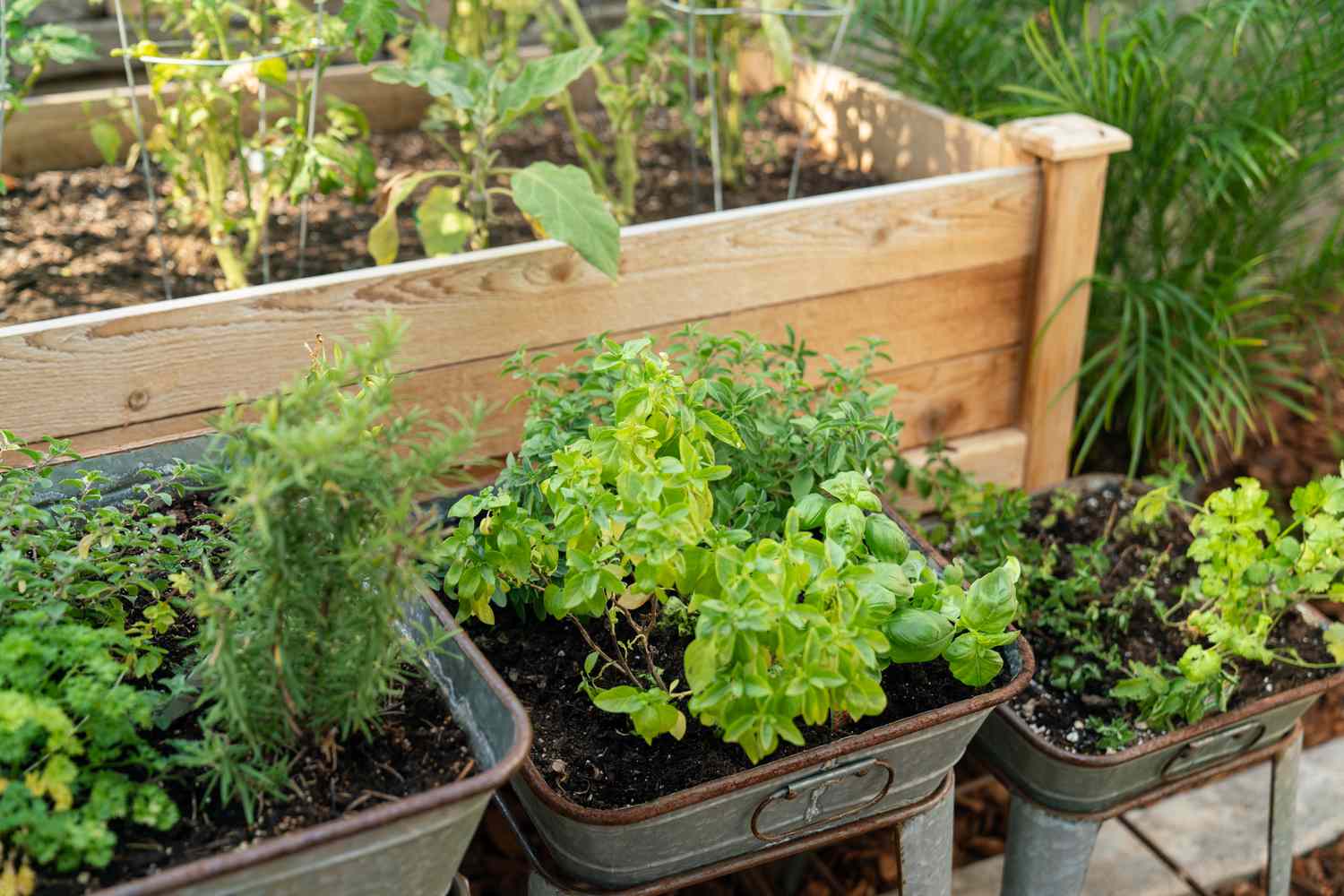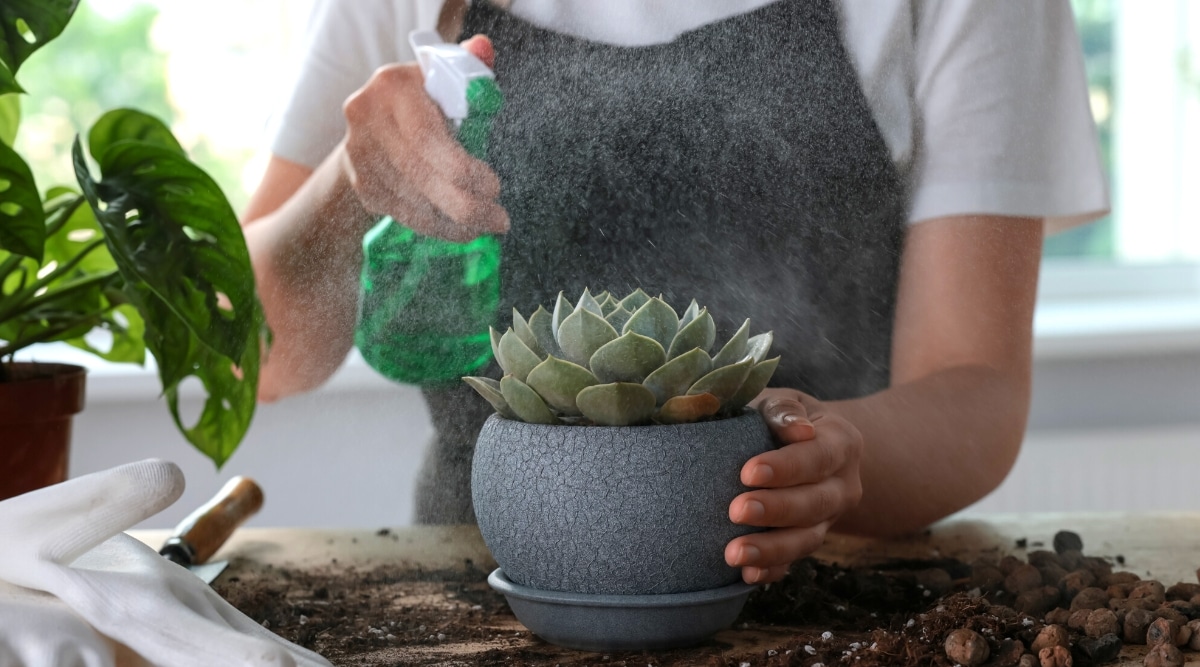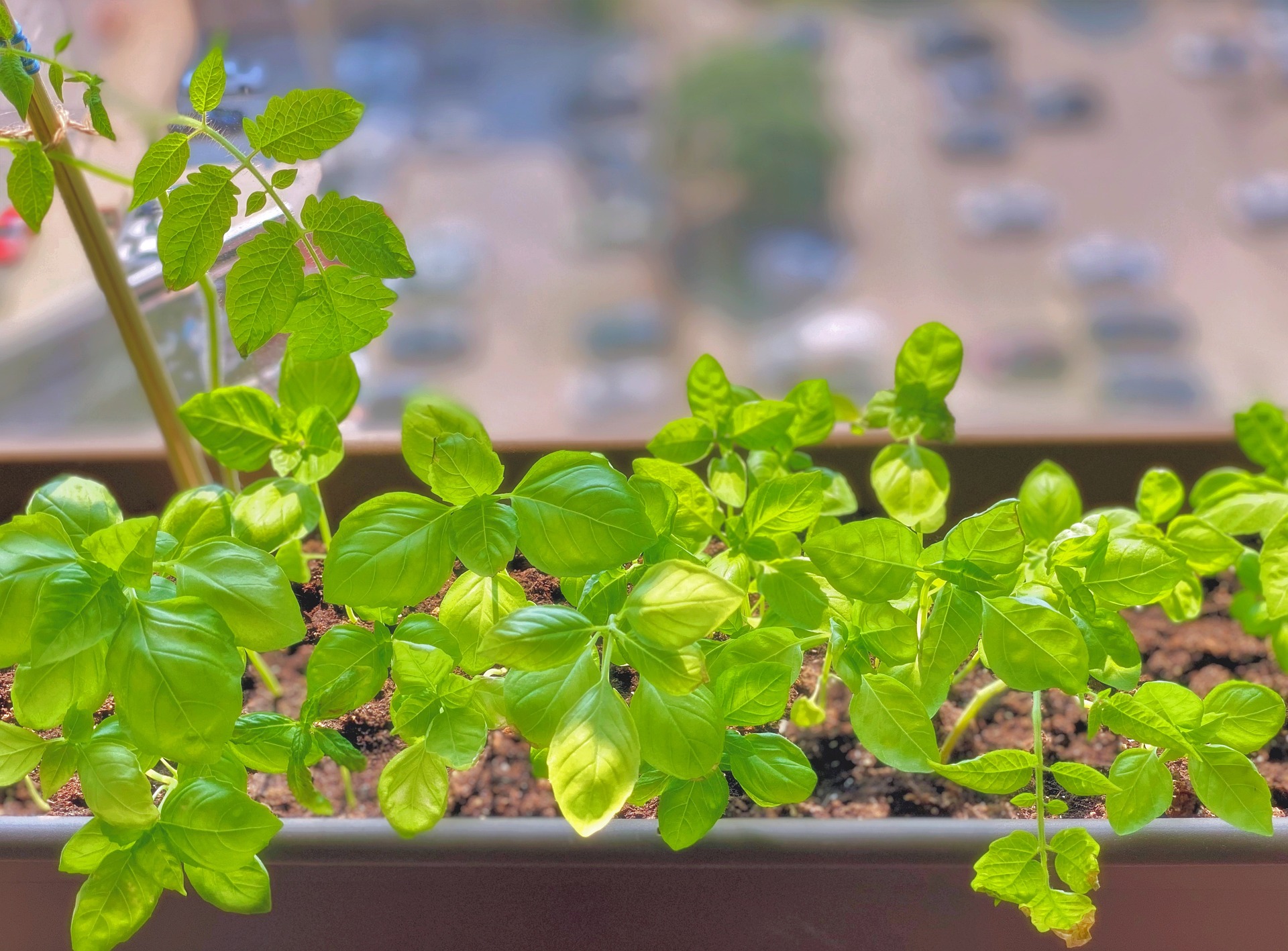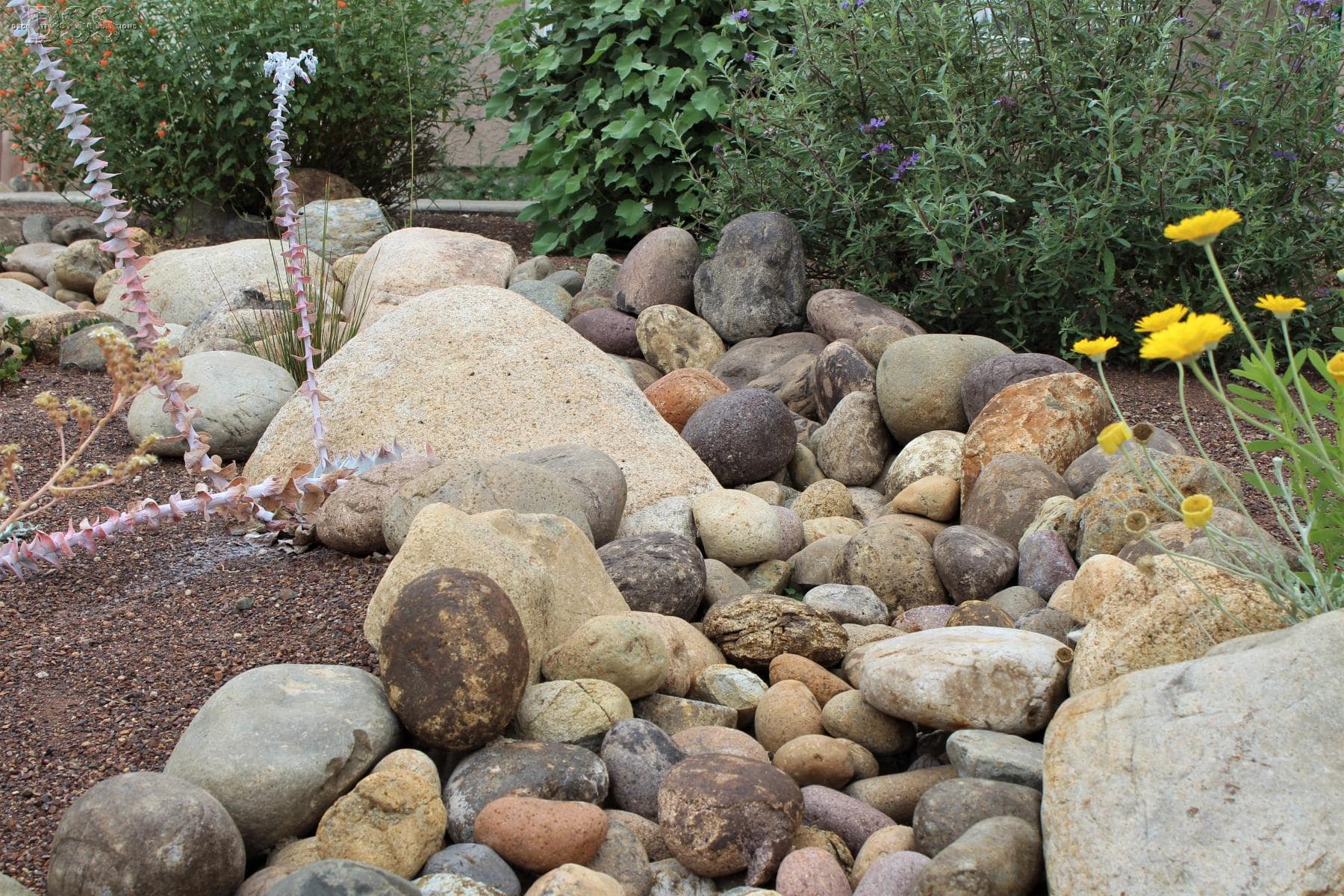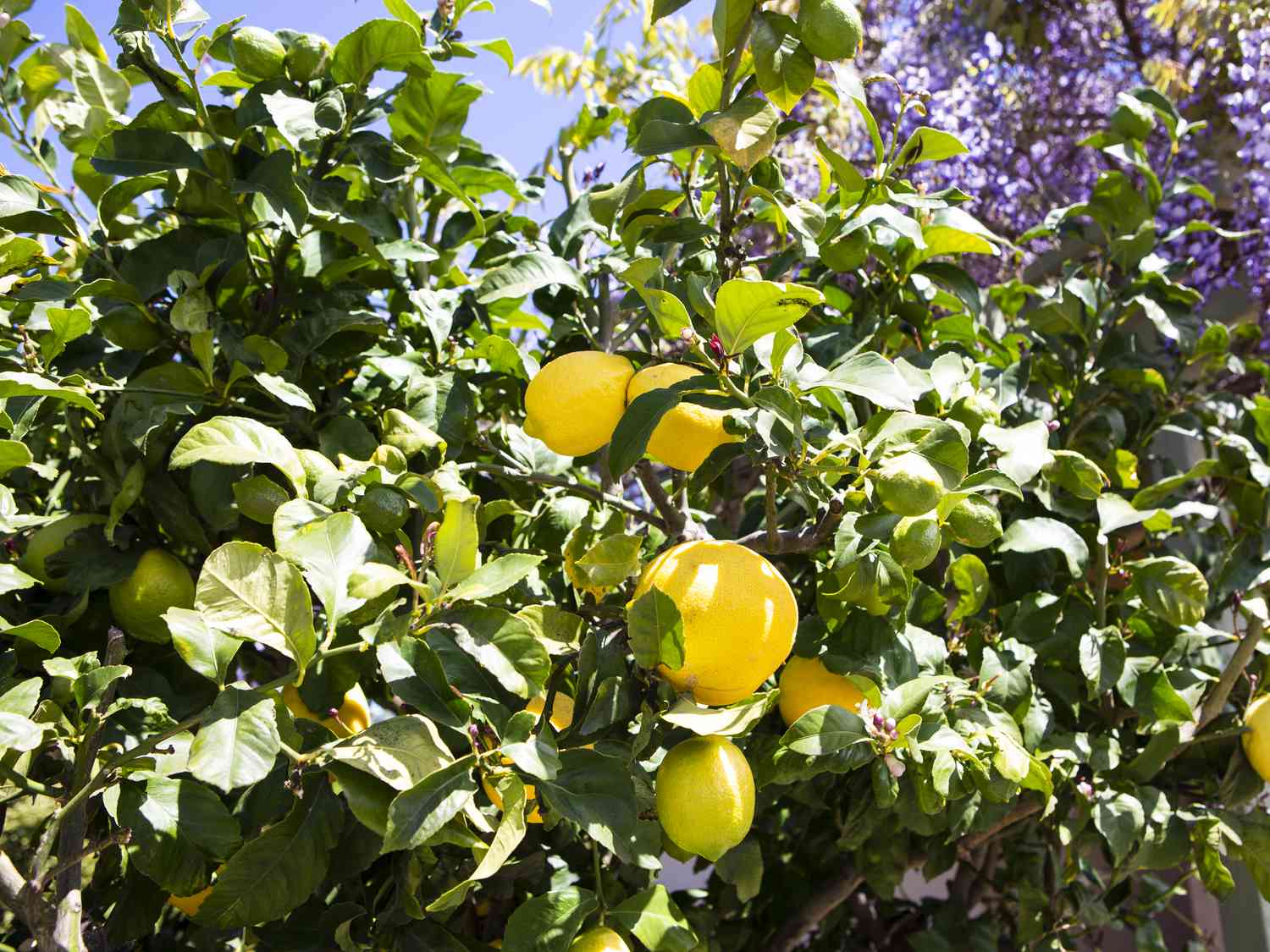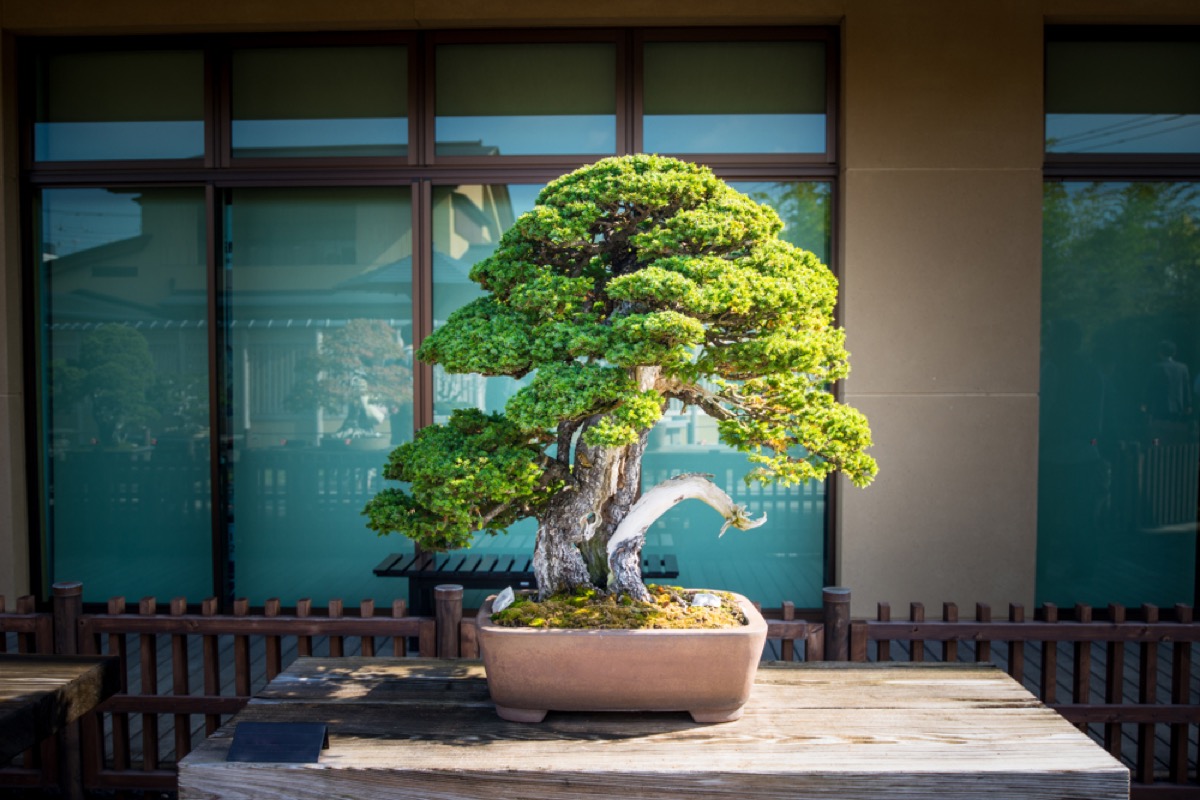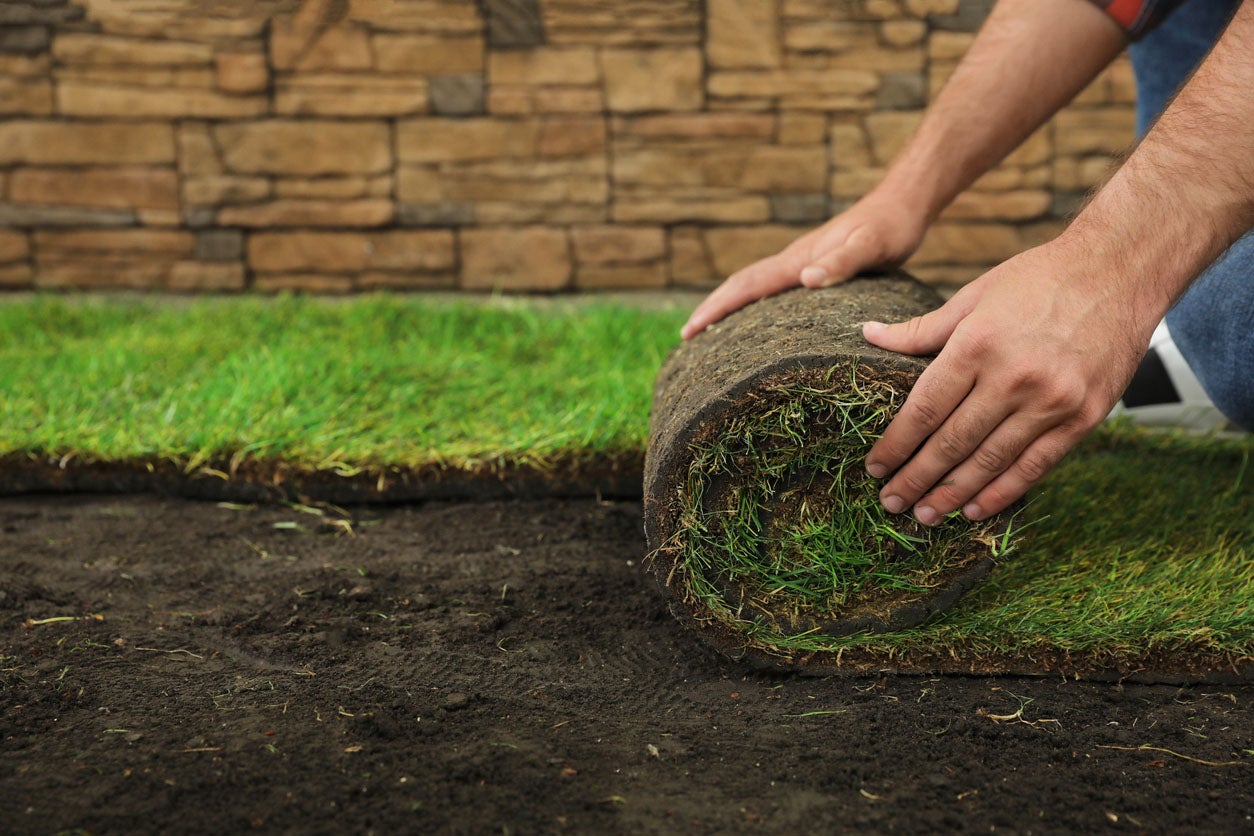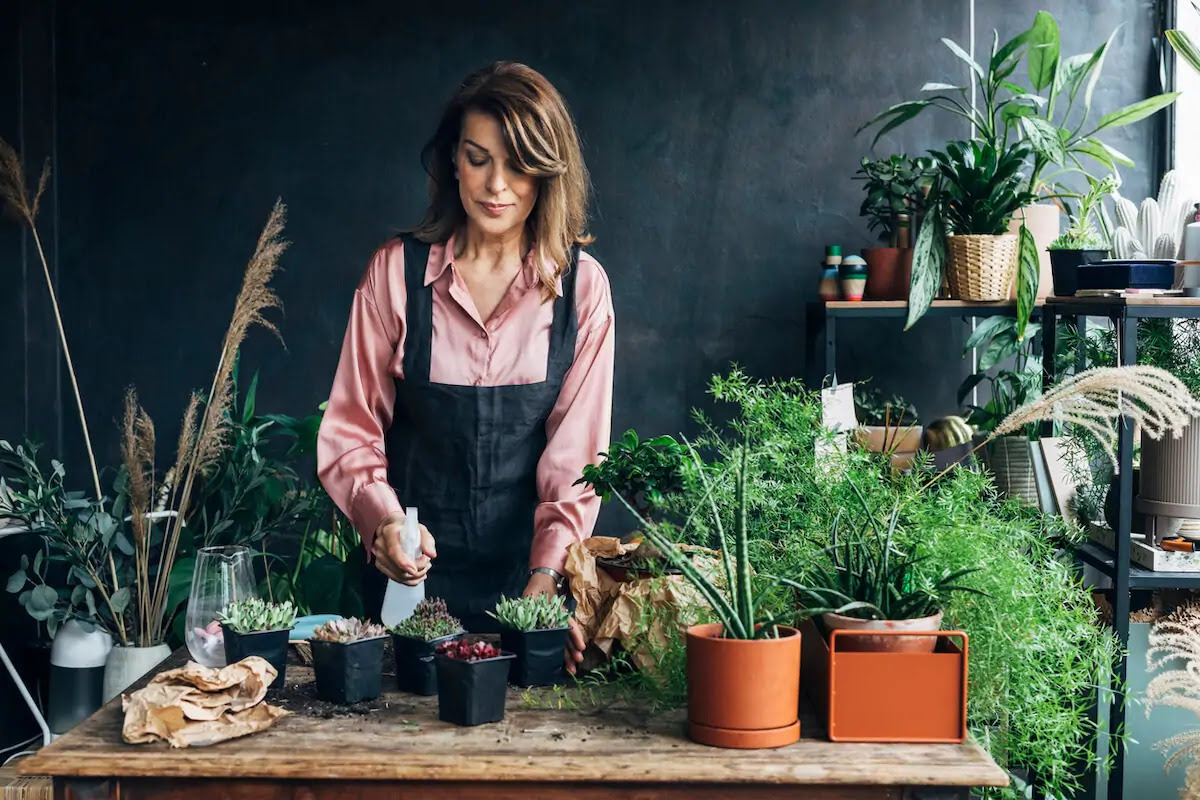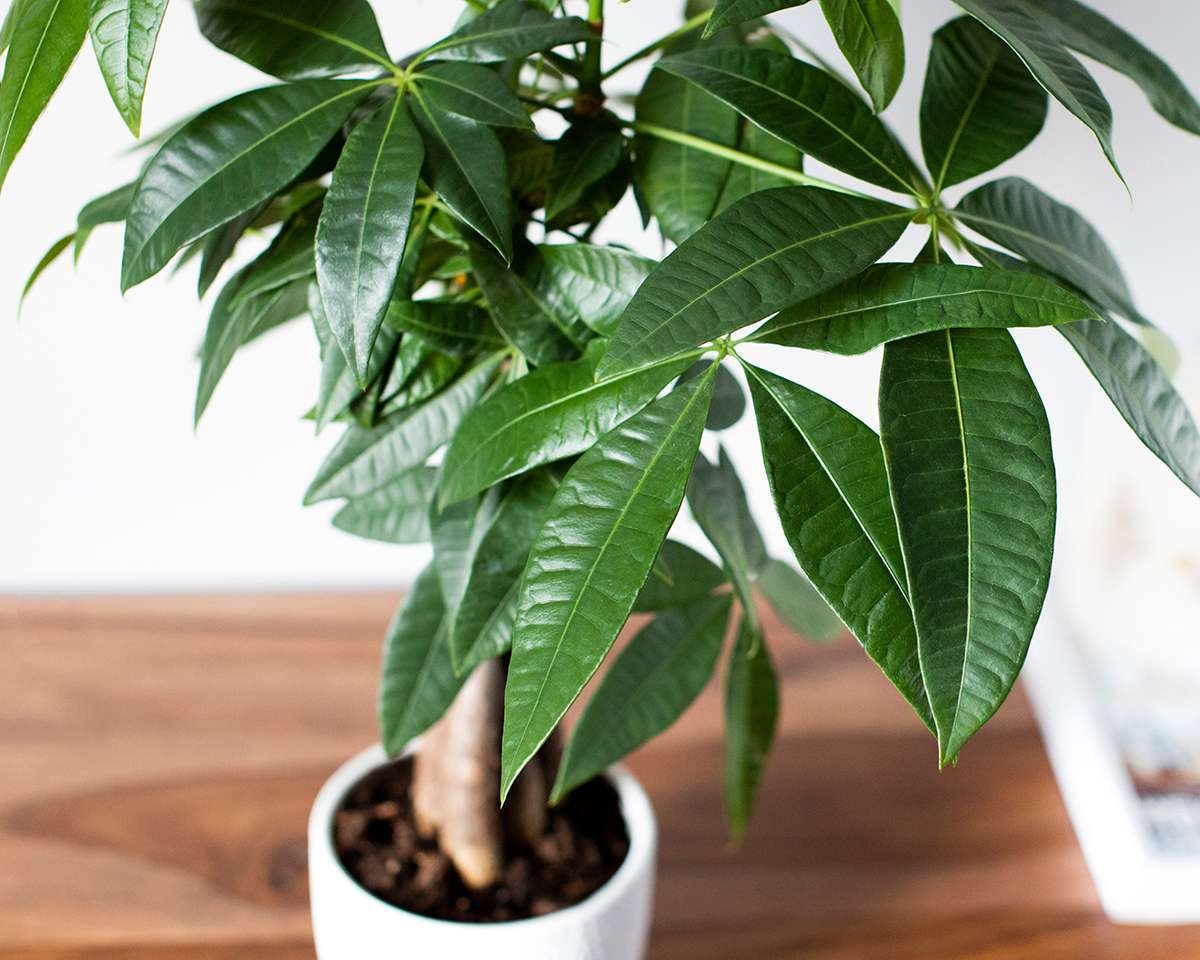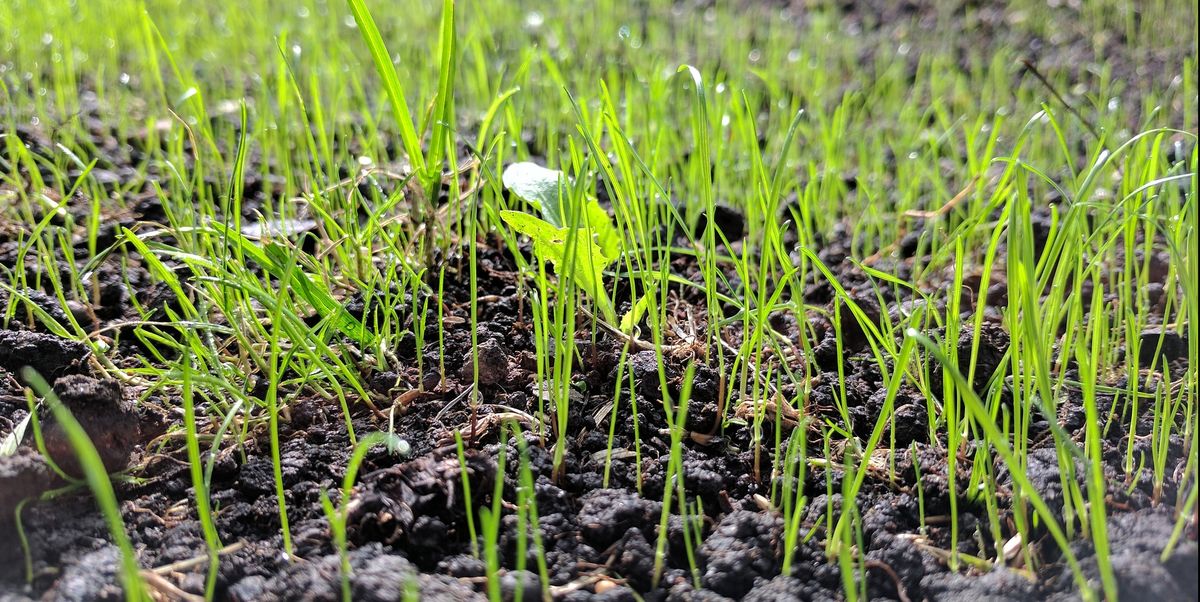Home>Gardening Techniques>Plant Care>How Much Lux Light Do Seedlings Need
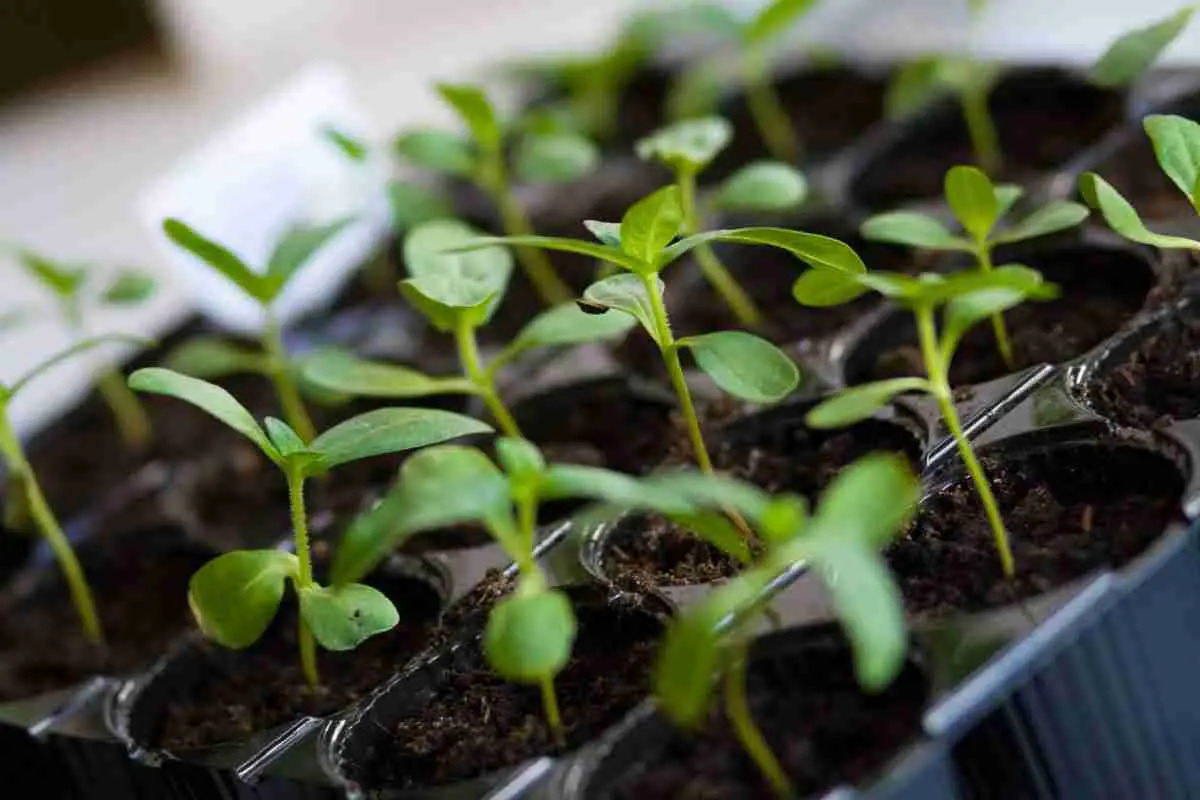

Plant Care
How Much Lux Light Do Seedlings Need
Modified: January 22, 2024
Discover the ideal amount of lux light required for optimal growth of seedlings with our comprehensive guide on plant care. Learn how to provide the perfect lighting conditions for healthy and thriving plants.
(Many of the links in this article redirect to a specific reviewed product. Your purchase of these products through affiliate links helps to generate commission for Chicagolandgardening.com, at no extra cost. Learn more)
Table of Contents
- Introduction
- Importance of Lux Light for Seedlings
- Optimal Lux Light Levels for Seedlings
- Factors Affecting Lux Light Requirements for Seedlings
- Methods to Measure Lux Light Levels for Seedlings
- Common Light Sources for Seedlings
- Strategies to Provide Adequate Lux Light for Seedlings
- Significance of Lux Light Duration for Seedling Growth
- Potential Issues Caused by Insufficient Lux Light for Seedlings
- Conclusion
Introduction
When it comes to caring for plants, providing them with the right amount of light is essential for optimal growth and development. This is particularly important during the early stages of plant growth, such as when seeds are germinating and seedlings are just starting to sprout. Seedlings have specific light requirements that must be met in order to ensure healthy growth and vibrant foliage.
Lux light, measured in lumens per square meter (lm/m²), refers to the intensity of light that plants receive. It plays a vital role in the photosynthetic process, which is crucial for plant growth. The right amount of lux light is needed for seedlings to produce energy through photosynthesis, which fuels their early growth stages.
In this article, we will explore the importance of lux light for seedlings and discuss the optimal light levels, factors affecting those levels, methods to measure lux light, and strategies for providing adequate lux light to promote healthy seedling growth. Additionally, we will highlight the significance of lux light duration and potential issues that can arise from insufficient light levels for seedlings.
Whether you are a seasoned gardener or a beginner, understanding the importance of lux light for seedlings will help you create the ideal environment for their successful growth. So, let’s delve into the world of lux light and discover how to give your seedlings the light they need to thrive.
Importance of Lux Light for Seedlings
Lux light is a fundamental element in the life of a seedling. It provides the energy needed for seedlings to carry out photosynthesis, a process in which plants convert light into energy, ensuring their survival and growth. Here are some key reasons why lux light is crucial for seedlings:
- Promotes Photosynthesis: Lux light is essential for the photosynthetic process. During photosynthesis, seedlings absorb light energy through chlorophyll in their leaves and convert it into chemical energy. This energy is then used to synthesize organic compounds, such as sugars and starches, which serve as the building blocks for growth and development.
- Stimulates Cell Expansion: Lux light plays a role in promoting cell expansion and elongation in seedlings. Adequate light levels help regulate the production of plant hormones, such as auxins, which control cell elongation. This, in turn, leads to strong and healthy growth of young seedlings.
- Enhances Leaf Development: Lux light influences the development of leaves in seedlings. It promotes the formation of chloroplasts, which are responsible for housing chlorophyll and carrying out photosynthesis. Proper exposure to lux light helps seedlings produce healthy and efficient leaf structures that efficiently capture light energy.
- Establishes Nutrient Uptake: Lux light is closely linked to nutrient uptake in seedlings. It influences the opening and closing of stomata, tiny openings on the surface of plant leaves that regulate gas exchange. When stomata are open, seedlings can take in carbon dioxide (CO2) for photosynthesis and absorb essential nutrients, such as nitrogen and potassium, more efficiently.
- Ensures Strong Root Growth: Lux light also plays a significant role in root development. Adequate light levels provide the necessary energy for root growth in seedlings. Well-developed roots are essential for water and nutrient absorption, anchoring the plant in the soil, and overall plant stability.
Overall, providing the right amount of lux light to seedlings is crucial for their healthy development. By ensuring optimal light exposure, seedlings are able to carry out essential processes like photosynthesis, cell expansion, leaf development, nutrient uptake, and root growth, which ultimately contribute to strong and vibrant plants as they mature.
Optimal Lux Light Levels for Seedlings
Seedlings have specific light requirements to thrive and reach their full potential. While the exact lux light levels may vary depending on the plant species and growth stage, here are some general guidelines for optimal light levels for seedlings:
- Germination Stage: During the germination stage, when the seed is just starting to sprout, moderate to high light levels are needed to kickstart growth. Aim for a lux light level of around 1000 to 1500 lm/m². This level of light will encourage strong and healthy seedling emergence.
- Early Growth Stage: As the seedlings begin to establish their first true leaves, they require slightly lower light levels. A range of 1000 to 1200 lm/m² is usually sufficient during this stage. This will support healthy leaf development and ensure proper photosynthesis.
- Vegetative Stage: During the vegetative stage, when the seedlings are actively growing, they need higher light levels to promote leaf expansion and overall plant development. Aim for lux light levels of 2000 to 3000 lm/m². This will stimulate vigorous growth, sturdy stems, and lush foliage.
- Transition to Outdoor Conditions: If you plan to transition your seedlings from indoor to outdoor conditions, it’s important to gradually acclimate them to the higher light levels. Start by exposing the seedlings to a few hours of filtered sunlight or indirect light, gradually increasing the duration and intensity over a period of several days or weeks.
It’s crucial to monitor and adjust the light levels based on the specific needs of your seedlings. Some plants may have different light requirements, so be sure to research the specific needs of the plant species you are growing to ensure they receive the optimal amount of lux light for healthy growth.
Remember, providing too little light can lead to leggy, weak, and pale seedlings, while too much light can cause stress and damage to their delicate foliage. Striking the right balance and providing the appropriate light levels will give your seedlings the best chance for success as they progress through their early growth stages.
Factors Affecting Lux Light Requirements for Seedlings
The lux light requirements for seedlings can vary based on several factors. Understanding these factors is essential to provide the optimal light conditions for healthy seedling growth. Here are some key factors that can influence the lux light requirements for seedlings:
- Plant Species: Different plant species have varying light requirements. Some plants are considered “low light” plants and can tolerate lower lux light levels, while others are “high light” plants and require more intense light. Research the specific needs of the plant species you are growing to ensure you are providing the appropriate light levels for their optimal growth and development.
- Growth Stage: The light requirements of seedlings can change throughout their growth stages. During the early stages, when seedlings are just emerging, they typically require higher light levels to promote germination and early growth. As they mature and develop more leaves, the light requirements may decrease slightly. Adjust the light intensity and duration accordingly as your seedlings progress through their growth stages.
- Environmental Conditions: Environmental factors such as temperature, humidity, and air circulation can affect the lux light requirements of seedlings. Higher temperatures and low humidity levels may increase the need for slightly lower light levels to prevent stress and dehydration. In contrast, cooler temperatures and higher humidity levels may allow for slightly higher light levels. Aim to create a balanced environment that complements the lux light requirements of your seedlings.
- Light Source and Distance: The type of light source used and its distance from the seedlings can impact the lux light levels. Different light sources, such as fluorescent lights or LED grow lights, emit light at different intensities. Be sure to choose a light source that provides the recommended lux light levels for seedlings. Additionally, the distance of the light source from the seedlings can affect the light intensity they receive. Adjust the height of the light source to ensure the seedlings are receiving the appropriate lux light levels.
- Duration of Light Exposure: The duration of light exposure also plays a role in the lux light requirements for seedlings. Generally, seedlings require 14 to 16 hours of light per day during their early growth stages. This extended light exposure allows them to carry out photosynthesis and promote healthy growth. As the seedlings mature, gradually reduce the light exposure to mimic natural day and night cycles.
By considering these factors and making adjustments as necessary, you can provide the optimal lux light levels for your seedlings. Monitoring their growth and observing their response to light will help you fine-tune the light conditions and ensure healthy and robust seedling development.
Methods to Measure Lux Light Levels for Seedlings
Accurately measuring lux light levels is essential to ensure that seedlings are receiving the appropriate amount of light for optimal growth. Here are some common methods used to measure lux light levels for seedlings:
- Lux Meter: A lux meter is a handheld device specifically designed to measure lux light levels. It utilizes a light sensor to detect the intensity of light in a given area. To measure lux light levels for seedlings, simply place the lux meter close to the plants’ foliage and read the measurement displayed on the device. Lux meters are widely available and provide a quick and convenient way to monitor light levels.
- Smartphone Apps: There are various smartphone apps available that can measure lux light levels. These apps use the camera sensor and software algorithms to estimate lux light readings. While they may not be as accurate as dedicated lux meters, they can provide a good approximation of light intensity. Remember to hold the smartphone close to the seedlings and follow the app’s instructions for accurate measurements.
- Light Meters: Light meters, often used by professional growers, are specialized devices that measure various light parameters, including lux light levels. These meters provide precise readings and are equipped with built-in sensors to capture light intensity. Light meters are highly accurate but are typically more expensive than lux meters and smartphone apps. They are commonly used in commercial settings or by serious plant enthusiasts.
- Lux Conversion Charts: Lux conversion charts can be used when you have access to a different type of light meter, such as a foot-candle meter. These charts provide a conversion factor to convert foot-candles to lux or vice versa. You can take light measurements using the available meter and then use the conversion factor to estimate the corresponding lux light levels for your seedlings.
Regardless of the method you choose, it is important to take light measurements at the height where the seedlings are located. This will give you a more accurate representation of the light levels they are receiving. Regularly monitoring and adjusting the lux light levels based on measurement results will ensure that your seedlings are consistently provided with the optimal amount of light for healthy growth and development.
Common Light Sources for Seedlings
Providing the right light source is crucial for meeting the lux light requirements of seedlings. There are several common light sources that can be used to provide adequate light for healthy seedling growth. Here are some of the most popular options:
- Fluorescent Lights: Fluorescent lights are a popular choice for indoor seed starting. They are energy-efficient and emit a bright and balanced light spectrum that is suitable for seedlings. T5 and T8 fluorescent lights are commonly used for seedling growth. Place the lights a few inches above the seedlings to ensure they receive sufficient light intensity.
- LED Grow Lights: LED grow lights have gained popularity in recent years due to their energy efficiency and customizable light spectrum. These lights emit specific wavelengths of light that can be tailored to match the specific needs of seedlings. LED grow lights also generate less heat, reducing the risk of heat stress on the seedlings.
- Compact Fluorescent Lights (CFL): CFL bulbs are another option for providing light to seedlings. They are readily available, affordable, and suitable for smaller growing spaces. Choose CFL bulbs with a cool or daylight spectrum to support healthy seedling growth. Position the bulbs at an appropriate distance to ensure adequate light coverage.
- High-Intensity Discharge (HID) Lights: HID lights, such as metal halide (MH) and high-pressure sodium (HPS) lights, are commonly used in commercial settings or by experienced growers. They are powerful and emit intense light, making them suitable for larger growing areas. However, they generate more heat and require proper ventilation and cooling systems to prevent overheating.
When selecting a light source for seedlings, consider the specific requirements of the plants you are growing and the space available. It is important to choose a light source that provides the appropriate light spectrum and intensity to meet the lux light needs of your seedlings.
It is worth noting that natural sunlight is the ideal light source for seedlings. If outdoor conditions permit, consider placing your seedlings in a location where they can receive direct or indirect sunlight. However, be mindful of abrupt light changes, as seedlings may need to be gradually acclimated to outdoor conditions to avoid stress or sunburn.
Remember to closely monitor the distance between the light source and the seedlings. Adjust the height as the seedlings grow to ensure they receive the optimal light intensity for their growth stage. Regularly check the condition of the light bulbs and replace them if they become dim or expired to maintain the best light quality for your seedlings.
Strategies to Provide Adequate Lux Light for Seedlings
Ensuring that seedlings receive adequate lux light is crucial for their healthy growth and development. Here are some effective strategies to provide the optimal light conditions for your seedlings:
- Positioning and Height: Place the light source at an appropriate height above the seedlings. Adjust the height as the seedlings grow to maintain a distance of a few inches between the top of the plants and the light source. This will ensure that the seedlings receive sufficient light intensity without causing stress or burning their foliage.
- Light Duration: Seedlings require an extended period of light exposure each day to carry out photosynthesis. Provide seedlings with 14 to 16 hours of light per day during their early growth stages. You can use timers or automated lighting systems to ensure consistent light duration and to mimic natural day and night cycles.
- Reflective Surfaces: To maximize light exposure, place reflective surfaces, such as aluminum foil or reflective panels, around the seedlings. This helps to redirect and amplify the light, ensuring that more of it reaches the plants’ foliage. Reflective surfaces can effectively increase the overall light intensity for your seedlings.
- Rotate Seedlings: To prevent uneven growth caused by light concentration, periodically rotate the seedlings. This helps ensure that all sides of the seedlings receive equal exposure to light. This practice prevents the seedlings from leaning towards the light source and promotes balanced growth.
- Supplement with Natural Light: If possible, supplement artificial light with natural sunlight. Place the seedlings near a window or in a greenhouse where they can receive direct or indirect sunlight. Natural sunlight provides a full spectrum of light that benefits seedlings’ growth. Remember to gradually introduce seedlings to sunlight to avoid sunburn or shock.
- Monitor Light Intensity: Regularly measure the lux light levels that your seedlings are receiving using a lux meter or smartphone app. This allows you to ensure that the light source is providing adequate intensity. Adjust the light source or positioning if the light levels are too low or too high, based on the specific lux requirements of your seedlings.
Remember that maintaining a consistent and appropriate light environment is crucial for the proper development of seedlings. By implementing these strategies, you can provide your seedlings with the optimal lux light they need to flourish and grow into healthy, vibrant plants.
Significance of Lux Light Duration for Seedling Growth
The duration of lux light exposure plays a vital role in the growth and development of seedlings. Providing the appropriate amount of light duration is essential to ensure healthy and robust seedling growth. Here are the key reasons why the lux light duration is significant for seedling growth:
- Photosynthesis: Lux light duration directly affects the efficiency of the photosynthetic process in seedlings. During photosynthesis, plants convert light energy into chemical energy, which fuels their growth. The chlorophyll in the leaves of seedlings utilizes light energy to synthesize carbohydrates, essential for their overall development. Longer light duration allows seedlings to carry out more photosynthesis, leading to increased energy production and better growth.
- Plant Hormone Regulation: Light duration has an impact on the regulation of plant hormones, particularly phytochromes. Phytochromes, which are light-sensitive pigments, play a crucial role in various plant processes, including seed germination, seedling development, and flowering. The duration of light exposure influences the activation and deactivation of phytochromes, ultimately affecting the growth and development of seedlings.
- Stem and Leaf Expansion: Proper light duration is essential for the development of sturdy stems and healthy leaf expansion in seedlings. Insufficient light duration can result in elongated, weak stems and small, pale leaves. In contrast, adequate light duration promotes stronger, compact stems and larger, greener leaves. This ensures that the seedlings have the necessary support and surface area for optimal light capture and photosynthesis.
- Root Development: Lux light duration also influences root development in seedlings. Longer light exposure encourages robust root growth and enhances the ability of seedlings to absorb water and nutrients from the soil. Well-developed roots provide the foundation for strong and healthy plants, ensuring efficient nutrient uptake and overall plant vitality.
- Prevention of Leggy Growth: Appropriate light duration helps prevent leggy growth in seedlings. Leggy growth refers to the elongation of stems as seedlings stretch towards a light source in search of more light. By providing a sufficient duration of lux light, seedlings are less likely to become leggy, as they have adequate energy for growth and don’t need to stretch excessively to reach the light.
It is important to note that the specific lux light duration requirements may vary depending on the plant species and growth stage. Generally, seedlings benefit from 14 to 16 hours of light exposure per day during their early growth stages. As they mature, gradually reduce the light duration to mimic natural day and night cycles, which allows the seedlings to rest and recharge.
By providing the proper lux light duration, you can promote strong and healthy seedling growth, ensuring they have the energy and resources needed to thrive and transition into resilient, mature plants.
Potential Issues Caused by Insufficient Lux Light for Seedlings
Insufficient lux light can have detrimental effects on the growth and development of seedlings. Without adequate light, seedlings may experience various issues that can hinder their overall health and vigor. Here are some potential problems that can arise from insufficient lux light for seedlings:
- Leggy Growth: One of the most common issues resulting from insufficient light is leggy growth. When seedlings don’t receive enough light, they tend to elongate their stems in an attempt to reach the light source. This results in weak and spindly growth as the seedlings stretch towards the available light. Leggy growth makes seedlings more susceptible to damage and reduces their ability to support healthy foliage.
- Weak Foliage: Insufficient light leads to weak foliage development in seedlings. Without adequate light intensity, the leaf structure may become pale, thin, and fragile. Weak foliage limits the plant’s ability to carry out photosynthesis effectively, hindering its energy production and overall growth. Seedlings with weak foliage often struggle to develop into vigorous and healthy plants.
- Poor Root Development: Inadequate light can negatively impact root development in seedlings. Roots require energy from photosynthesis to grow and establish a strong foundation. Without enough light, the root growth may be stunted, resulting in poorly developed and shallow root systems. Insufficient root development compromises the plant’s ability to absorb water and nutrients, leading to reduced overall vigor.
- Delayed Growth: Insufficient lux light can cause growth delays in seedlings. Without the energy provided by light, seedlings struggle to carry out essential growth processes such as cell division and expansion. This can result in slower overall growth and development, which may lead to seedlings lagging behind their desired growth timeline.
- Increased Susceptibility to Diseases and Pests: Seedlings that lack proper light exposure are more vulnerable to diseases and pests. Weak and stressed plants are more susceptible to fungal or bacterial infections, as well as attacks from pests. Strong, healthy seedlings are better equipped to defend against these threats, but insufficient light can weaken their natural defenses, leaving them more prone to attack.
Addressing insufficient lux light as soon as possible is crucial to mitigate these issues and promote healthy seedling growth. Adjusting the light source, increasing light intensity, or extending the light duration can help provide the necessary light requirements. It is important to monitor the seedlings closely and make necessary adjustments to ensure they receive the appropriate lux light levels for their optimal growth and development.
Remember that each plant species may have different light requirements, so research the specific needs of the seedlings you are growing to provide the best light conditions. By addressing insufficient lux light, you can set your seedlings on the path to strong and vibrant growth, ensuring their successful transition into mature, thriving plants.
Conclusion
Providing adequate lux light for seedlings is crucial for their healthy growth and development. Lux light, measured in lumens per square meter (lm/m²), is essential for seedlings to carry out photosynthesis and produce the energy needed for their early stages of growth. By meeting the specific lux light requirements of seedlings, we can ensure their optimal development and set them on the path to becoming vibrant and resilient plants.
We have explored the importance of lux light for seedlings and the optimal light levels they require during different growth stages. We also discussed the factors that can influence their lux light needs, methods to measure light levels accurately, and common light sources that can be used to provide sufficient light. Furthermore, we discussed strategies for ensuring proper light duration and the potential issues that can arise from insufficient light exposure.
By understanding the significance of lux light and implementing the strategies discussed, you can create an ideal light environment for your seedlings. This will support their photosynthesis, promote healthy stem and leaf development, encourage strong root growth, and prevent issues such as leggy growth and weak foliage. Monitoring light levels, adjusting the light source position and height, and providing appropriate light duration will help you meet the specific lux light requirements of your seedlings.
Remember, each plant species may have different lux light requirements, so it is important to research the specific needs of the seedlings you are growing. By ensuring they receive the optimal lux light, you can nurture healthy, vigorous seedlings that will thrive as they mature into beautiful, resilient plants.
